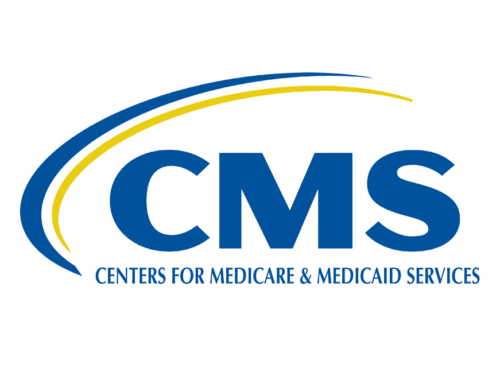
Legal Challenges
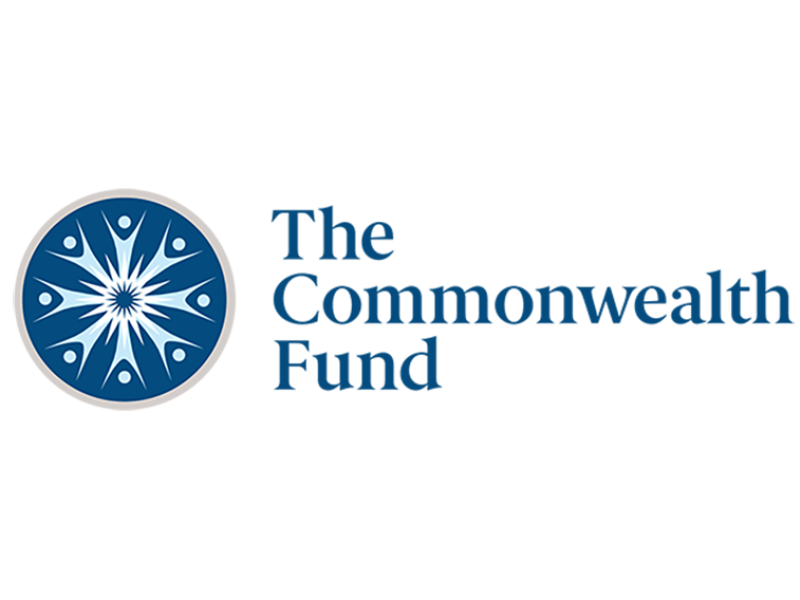

Is the Affordable Care Act's Preventive Services Mandate Constitutional?
Section 2713 of the ACA is an insurance reform provision that requires non-grandfathered health insurance and group health plans to cover certain preventive services (such as flu shots and diabetes screening) without cost-sharing. Currently, the constitutionality of Section 2713 is being challenged on religious and moral grounds. Since the law was enacted, studies have shown an increase in the use of preventive services and a reduction in racial and ethnic disparities in the use of preventive care.
A recent literature review indicates that the elimination of cost-sharing most often resulted in increased utilization of preventive care, particularly among patients who are financially vulnerable. If plaintiffs challenging the provision succeed, all preventive services coverage, including those for COVID, are at risk. More information can be found in these articles from The Commonwealth Fund and The Conversation.
Cancer Screening Continuum

Despite ACA Protection, Out-of-pocket Costs are Common and Climbing for Recommended Follow-up Services After Initial No-Cost Cancer Screening Tests

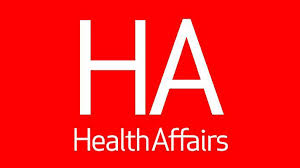
Clinically Driven Payment and Benefit Design to Improve Health Equity: The Case of Obesity Prevention and Treatment
Obesity is a primary risk factor for many common chronic conditions that disproportionately affect disadvantaged populations. Despite robust clinical and cost-effectiveness evidence, clinically indicated obesity treatments are significantly underused due to lack of appropriate clinician reimbursement and insufficient insurance coverage. In a recent editorial co-authored by our own Dr. A. Mark Fendrick, authors suggest that implementing clinically driven payment and benefit designs that more generously cover high-value services, and provide less coverage of commonly overused low-value services, is one approach to reducing financial barriers, enhancing access, and mitigating health disparities. Read more.
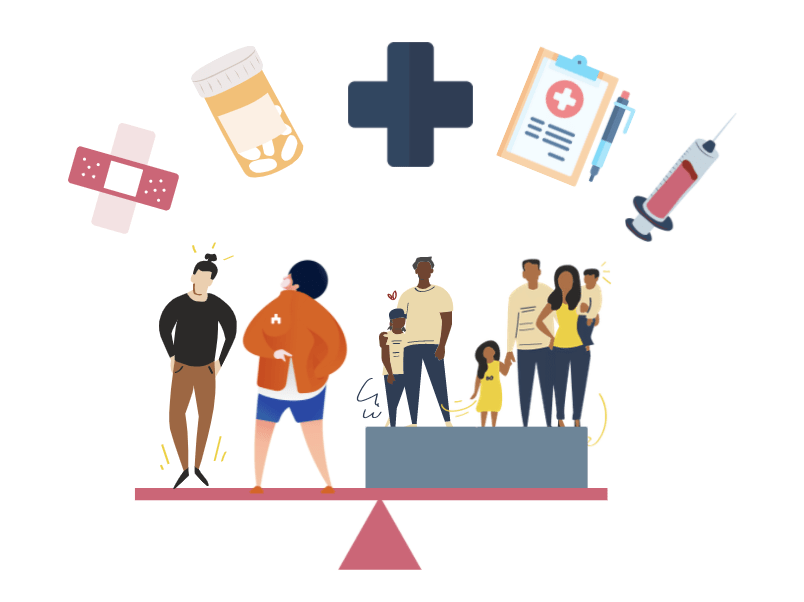
What Low-Value Care Means for Health Equity

The Essential Role of Employers In Aligning Plan Design and Payment Reform to Improve Quality, Enhance Equity, and Promote Value
In a recent white paper published by VBID Health in partnership with Signify Health, authors suggest that in order to reduce the cost associated with inefficiencies in the U.S. health care system, we must acknowledge that when provider and consumer incentives are not aligned, well-intentioned initiatives can create conflicts at the point of care. To address this issue, authors discuss how employers can harmonize clinically driven payment reform and evidence-based benefit design to obtain better clinical outcomes, employee satisfaction, enhanced equity, and improved efficiency from their health care spending.
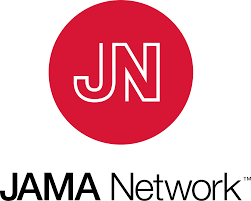
Incorporation of Social Risk in U.S. Preventive Services Task Force Recommendations and Identification of Key Challenges for Primary Care
The USPSTF recognizes the importance of understanding how screening for, identifying, and addressing social risk factors impact health outcomes, as well as persistent inequities in health care delivery that drive disparities in under-resourced communities. In a recent JAMA report, researchers assess how social risks have been considered in clinical preventive services recommendations, and identify challenges to expanding the systematic inclusion of social risks in future clinical preventive services.

Medicare Advantage Benefits Targeting Social Determinants of Health Tripled Since 2020
A Better Medicare Alliance report released in August this year found that 845 Medicare Advantage plans offered for 2021 include supplemental benefits to address social determinants of health – triple the number offered in 2020. The report suggests multiple measures to improve health equity in these plans, including more comprehensive data collection, new standards for collecting social determinants of health in Medicare, adjustments to reimbursement and risk methodology, and permanently authorizing value-based insurance design (V-BID) authority to promote innovation on social determinants of health. Read the full report here.

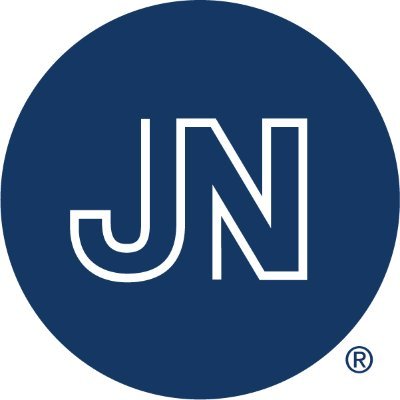
Cost Sharing for Emergency Surgical Conditions: The Moral, Clinical, and Financial Hazards
A new op-ed argues that higher cost-sharing is hazardous to both patients’ clinical and financial health, particularly in the case of emergency surgical procedures for conditions like acute appendicitis or acute diverticulitis. Higher out-of-pocket spending among patients with more complex disease leads to longer recovery, a slower return to work, a higher risk of lost income, and a higher risk of unaffordable medical debt. The authors state that clinically driven alternatives such as value-based insurance design have the potential to improve clinical outcomes, reduce costs to payers, and mitigate the significant financial stress faced by patients with common and costly acute conditions.
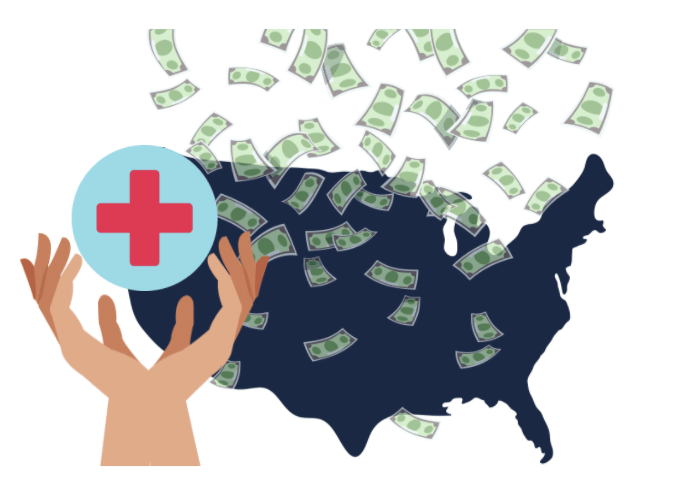
Reducing Health Care Spending: What Tools Can States Leverage?
As health care spending continues to rise, state governments are charged with identifying strategies and implementing policies to control spending growth. Findings from a recent study suggest that states will pursue a variety of strategies determined by resources, priorities, and healthcare landscape. These strategies may range from promoting competition, reducing prices through regulation, and designing incentives to reduce the utilization of low-value care to more holistic policies, such as imposing spending targets and promoting payment reform.

Financial Burdens of Out-of-Pocket Prescription Drug Expenditures under High-Deductible Health Plans
While out-of-pocket costs for prescription drugs have decreased in recent years, a recent JGIM study suggests that they may still result in significant financial burden and hardship for low-income HDHP enrollees with multiple chronic conditions. Findings show that for those within this population who have employer-sponsored insurance, about 14.3% had family out-of-pocket prescription drug expenditures exceeding 10 percent of total family disposable income.
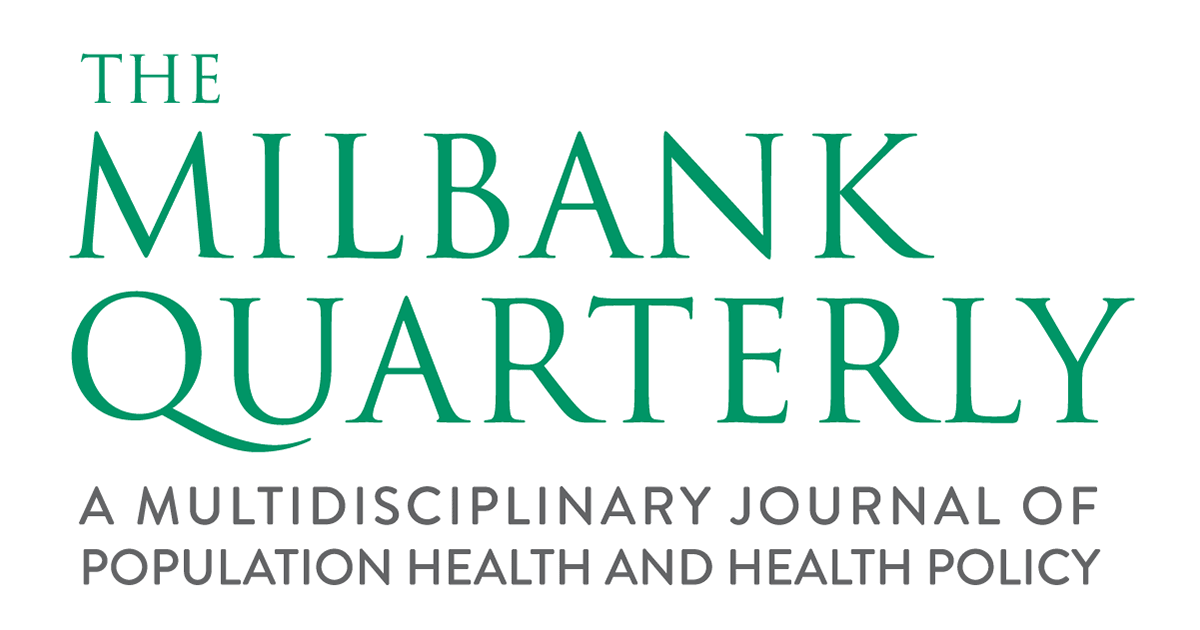
The Impact of Choosing Wisely Interventions on Low-Value Medical Services: A Systematic Review

Medical Uninsurance and Underinsurance Among U.S. Children
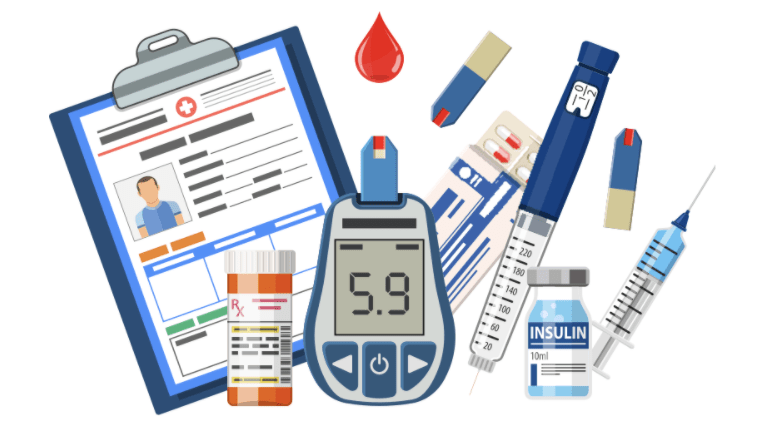
Trends in High-Deductible Health Plan Enrollment and Spending Among Commercially Insured Members With and Without Chronic Conditions: A Natural Experiment for Translation in Diabetes (NEXT-D2) Study

Estimated 18 Million in U.S. Can't Pay for Needed Drugs

Nationwide Out-of-Pocket Spending Jumped 10% in 2021 - Expect That Growth to Continue Through 2026
Please Help Support the V-BID Center
As a non-profit entity, the V-BID Center relies on fundraising to support our research, education, and policy efforts. Please help us continue our work by donating here. We truly appreciate your consideration.




